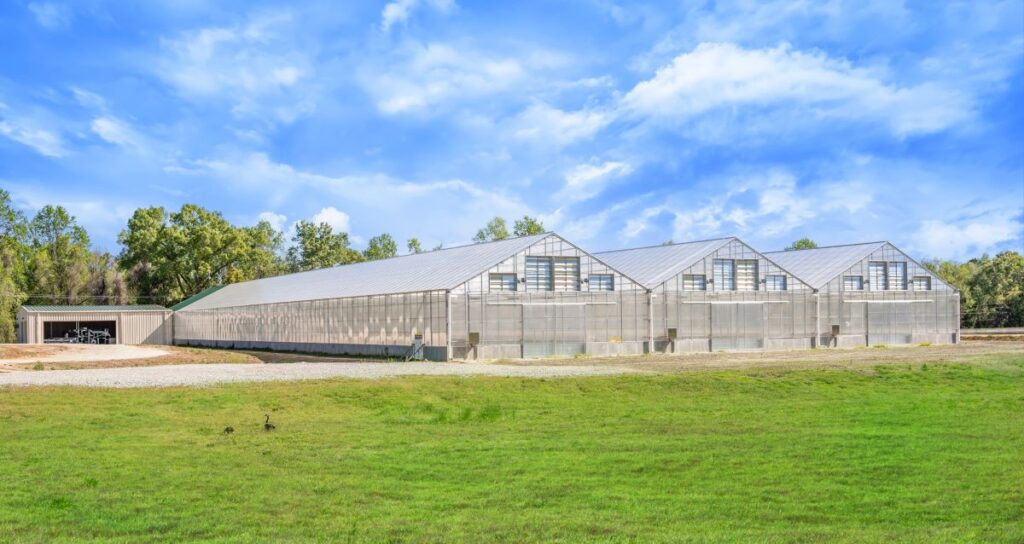
Transforming Waste Management in Summerville, SC
In an effort to upgrade their wastewater treatment plant to enhance its efficiency, sustainability, and reliability, Summerville Commissioners of Public Works (SCPW) made the decision to build a Biosolids Solar Dryer. One of only three of its kind in the Southeast, this innovation in waste management was the ideal solution for the plant. Partnering with Harper and KCI Technologies (KCI), SCPW introduced innovative solutions such as revitalized digesters, additional belt presses, and a cutting-edge solar dryer to its treatment systems. These improvements modernize the facility’s biosolids management, reduce landfill disposal costs, and serve the community’s needs. Through close collaboration and innovation, the project team used advanced construction technologies and early coordination to keep everything on track.
Using Technology to Drive Schedule
SCPW owns and operates the wastewater treatment plant, which serves the Town of Summerville and portions of the surrounding area in the Lowcountry region of the state. Recognizing the need to enhance the plant’s dewatering capacity, SCPW partnered with Harper and KCI Technologies to design and provide improvements, including new digester equipment, belt presses, and a solar dryer building.
Previously, SCPW relied on a single belt press to dewater sludge before disposal in landfills, which led to increased costs due to stricter sludge acceptance criteria and rising landfill rates. By providing these enhancements, SCPW planned to improve the biosolids management system at the plant. The new solar drying process, which takes between 2 and 6 weeks, achieves up to 75% solids dryness, depending on the season, making the new system more efficient and sustainable.
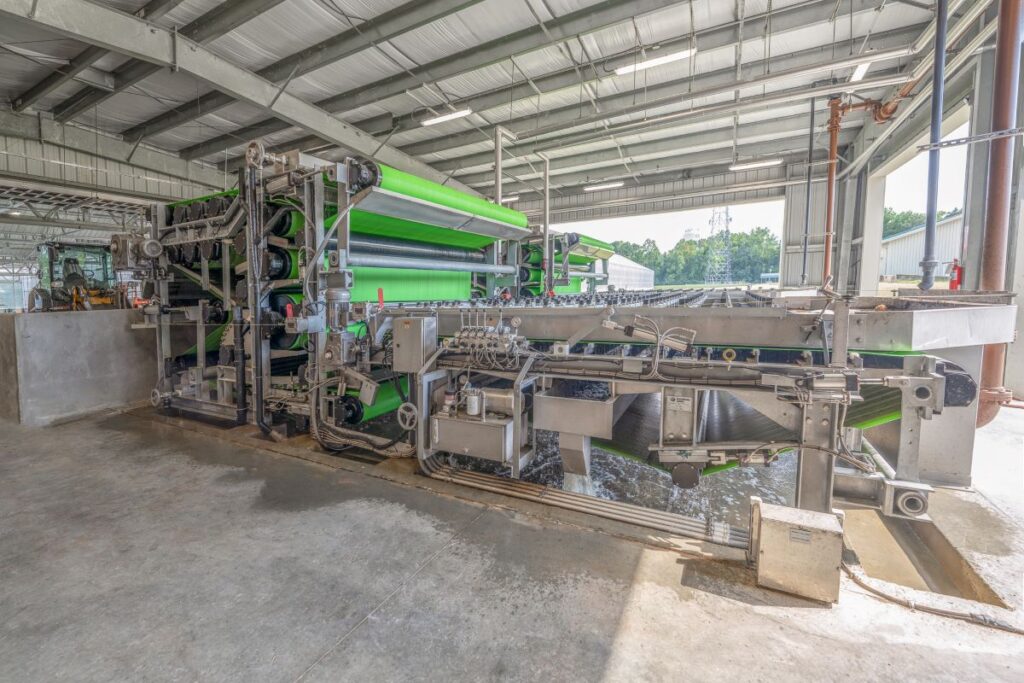
When Harper was brought onto this project, we were undergoing tension from the supply chain delays seen across the country during this time. Our team quickly recognized that we could utilize our internal resources to keep us on schedule. In addition, our team was concerned about the long lead times for equipment when choosing manufacturers. Harper advised SCPW to select a manufacturer with shorter lead times, which would be more cost-effective in the long run. The early involvement of Harper in this project allowed the finalization of underground piping routes and early equipment release. Due to high prices and the heavy weight of the large machinery, the team faced a critical decision: accept a delay in the schedule or proceed with building installation and install the belt presses later.
By leveraging early coordination of Building Information Modeling (BIM), Harper evaluated the situation, ensuring that the equipment would fit by reviewing the drawings and assessing the model. This confirmed that the belt presses could be installed post-construction without issues, which allowed us to maintain the project schedule.
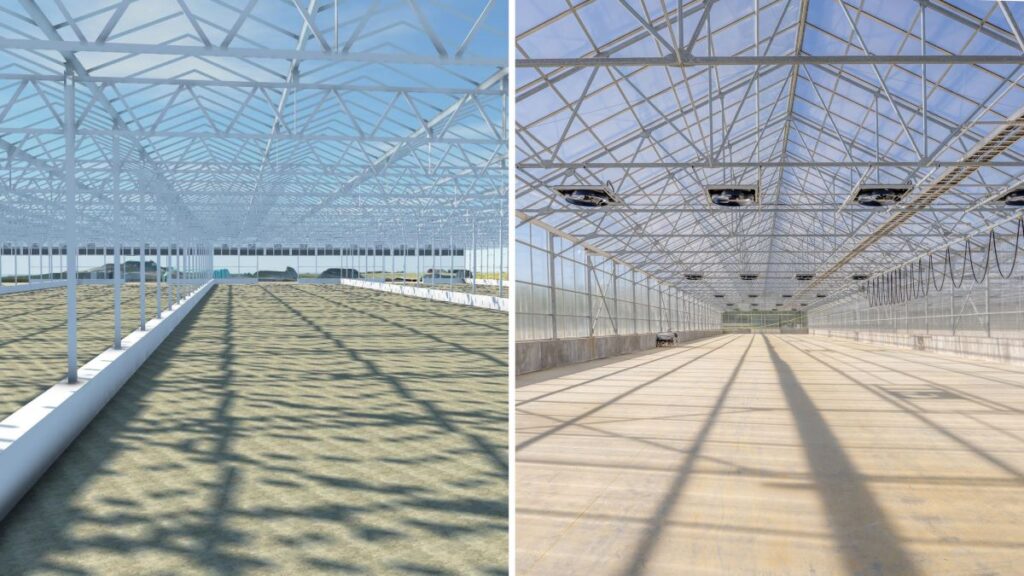
Another way we incorporated construction technology into our approach was by meeting the challenge of concrete slab-on-grade tolerances, which had to be extremely flat to allow for sludge churning by an electric mole. This challenge was met by selecting a qualified concrete contractor that would utilize a laser screed that can actively float the concrete out at a consistent elevation. Harper then used two separate technologies to confirm the slab’s compliance. First, we used our surveying equipment to collect elevation shots in a grid pattern across the slab. Next, we employed our in-house laser scanner to gather data on every square inch of the slab. Continuous communication and coordination with subcontractors ensured a smooth slab pour process.
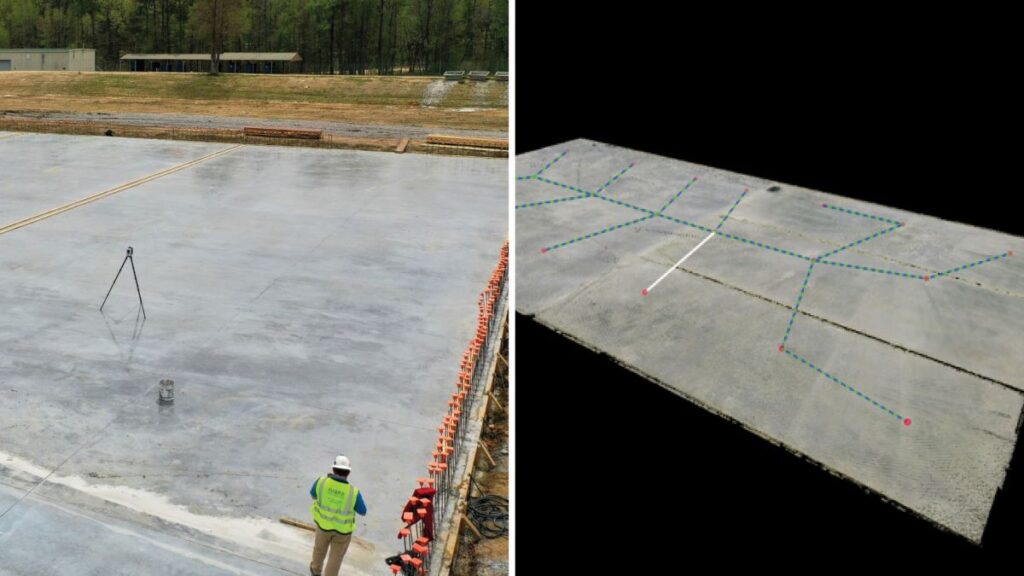
By using solar energy to dry biosolids, SCPW has saved costs for its customers and provided an environmentally responsible solution. With improved dewatering capacity, more sludge is processed efficiently, reducing the need for costly and frequent disposals. This advancement not only lowers operational expenses but also promotes a cleaner, healthier environment for Summerville. Overall, the collaborative efforts and innovative use of technology have not only improved the plant’s performance but also set a benchmark for future wastewater projects in South Carolina.
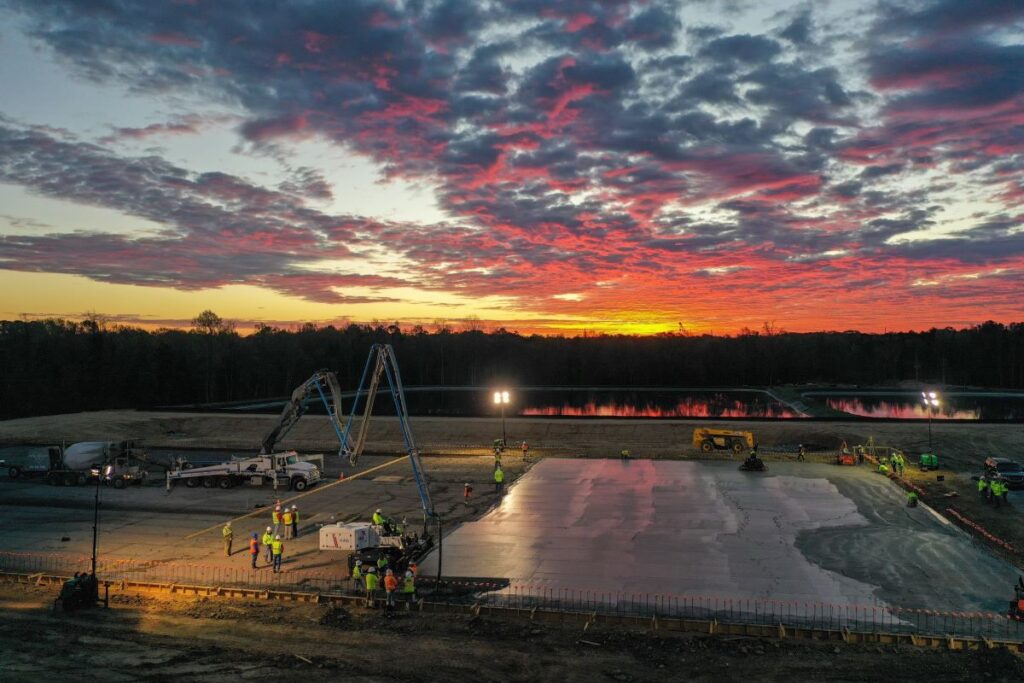
Main Photo at top of page – Summerville WWTP Solar Dryer Building | Photo Credit: Kerri Natasha Photography.
About Harper: Throughout Harper’s seven-decade history, we have had the opportunity to develop strong professional relationships with clients across the Carolinas. By bringing to life the vision of our clients, Harper leaves a lasting impression on members of the community. The core of the company is geared toward collaborating with clients and design professionals in an open and transparent manner, enabling the client to know how every project dollar is being invested. An award-winning company, Harper consistently receives recognition in the areas of quality, safety, environmental stewardship, and community involvement. For more information, visit harpergc.com.
